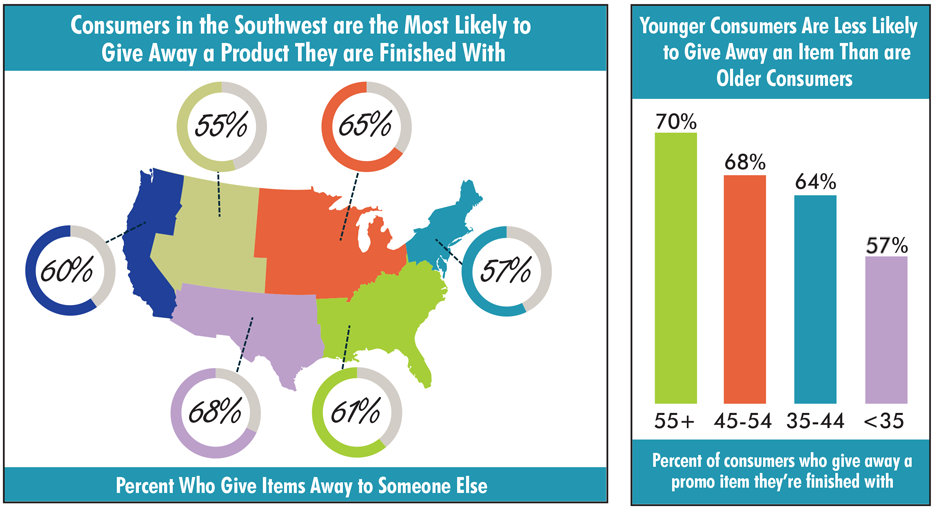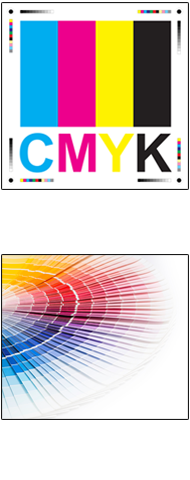Quarter 2, 2016
Promotional items: The advertising gifts that keep on giving
 It's a well known fact that featuring promo items in advertising, sales calls, trade shows and social media increases response and sales. They're a profit-building ingredient you can confidently add to any marketing plan.
It's a well known fact that featuring promo items in advertising, sales calls, trade shows and social media increases response and sales. They're a profit-building ingredient you can confidently add to any marketing plan.
But there's another facet of promo items that makes them special: more people pass them on than throw them away. Which simply means that you can extend your advertising reach for months or even years with no additional investment.
Recently, the Advertising Specialty Institute completed a study of the
pass-along potential of promotional items (details below). Have a look.
And when you're ready to put the long-lasting power of promo items
to work for your business, contact your Safeguard consultant.
Promo products are passed along
Consumers who receive promotional products will typically give them to someone else when they are finished with them, effectively extending the advertiser's reach. In the U.S. and Canada, nearly two-thirds of promo products are given away. In fact, in most countries, more than half of consumers say they'll give away an item rather then throw it out or file it.


Color printing demystified
When you order printed materials from Safeguard, either 4-color process or spot-color printing will be used to produce them. Both processes are popular because they yield high-quality results for a reasonable price. But how do they work? What's the difference? Which one is best? Relax. Your newsletter is here to help.

4-color process printing
This process is also called CMYK printing for the four colors of ink used: Cyan, Magenta, Yellow and Black (also known as Key). These four colors can produce almost any hue imaginable, including gradients and subtle blends.
Each color is applied to the surface one at a time in layers using four different printing plates. It's worth noting that, since the inks are blended and printed at the same time, there may be very slight variations in color with each printing.
Four-color process usually costs more than spot printing, but it's the method of choice for reproducing detailed color photography or extremely detailed illustrations that contain multiple colors.
Spot-color printing
Instead of creating hues by blending inks during the printing process, spot-color printing transfers solid fields of pre-mixed ink directly to the page. This means that colors will remain exactly the same with every print run.
Many spot-color inks are standardized using the PMS (Pantone Matching System®) which assigns a specific number to more than a thousand different hues, so your design can be printed in just about any color you want.
Images created using spot-color printing are bright and vibrant, and subtle effects can be achieved by adjusting the opacity of design elements. The spot-color process is less expensive than 4-color, making it a popular choice for printing logos, text and simple illustrations.
Now that you know, consult with an expert
When considering your next print project and weighing the pros and cons of 4-color process vs. spot-color printing, remember that you don't have to decide on your own. Your Safeguard consultant is a printing expert who can help you figure out which process is best suited for your design.
